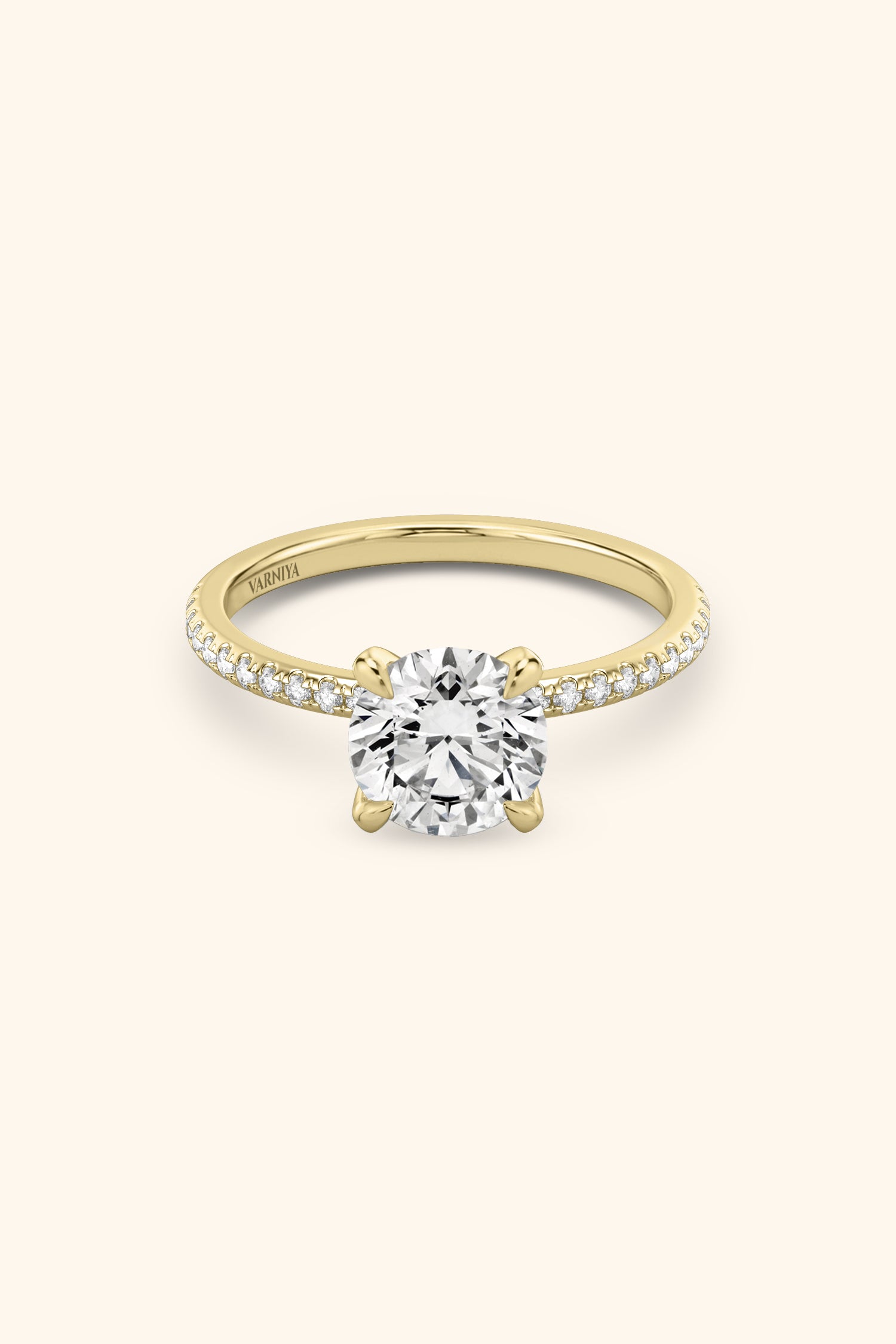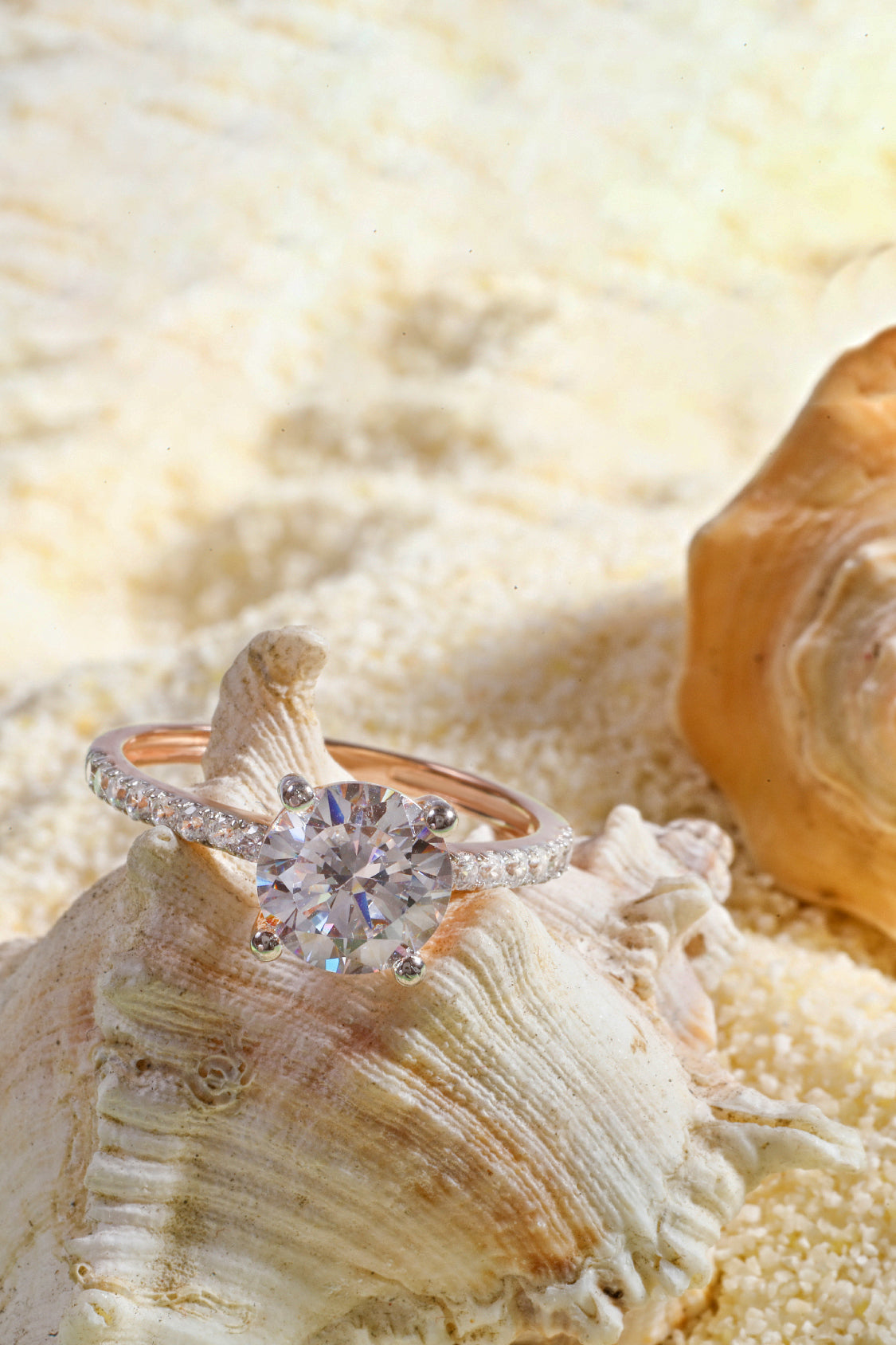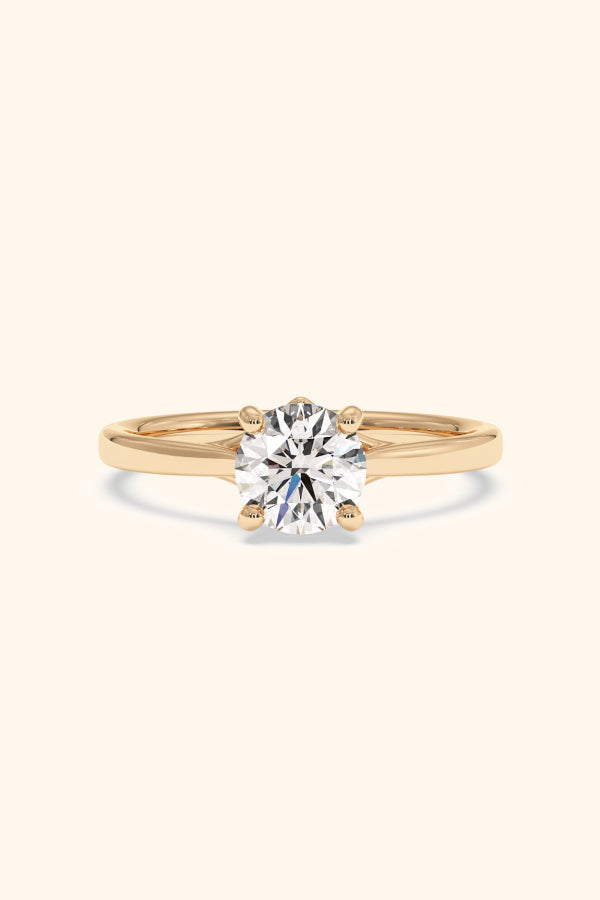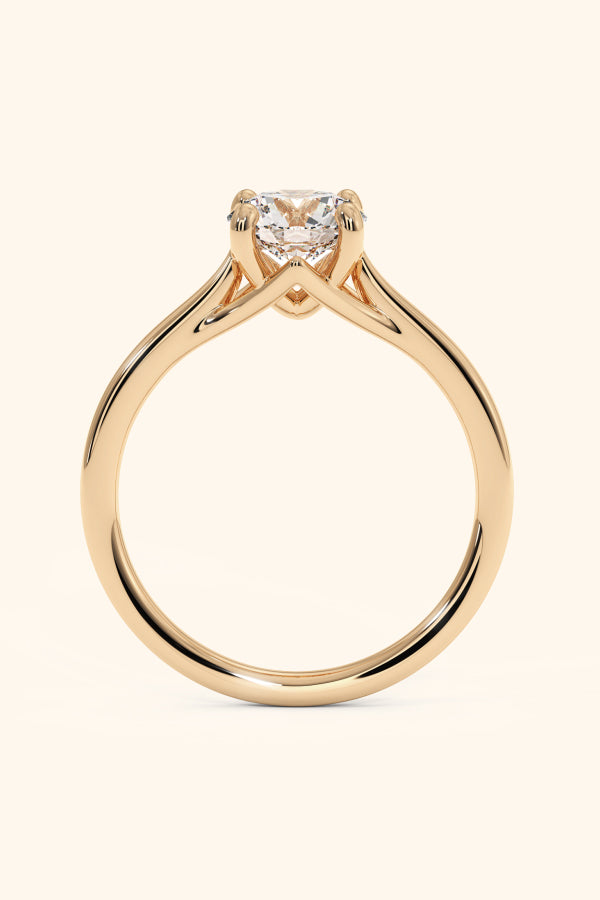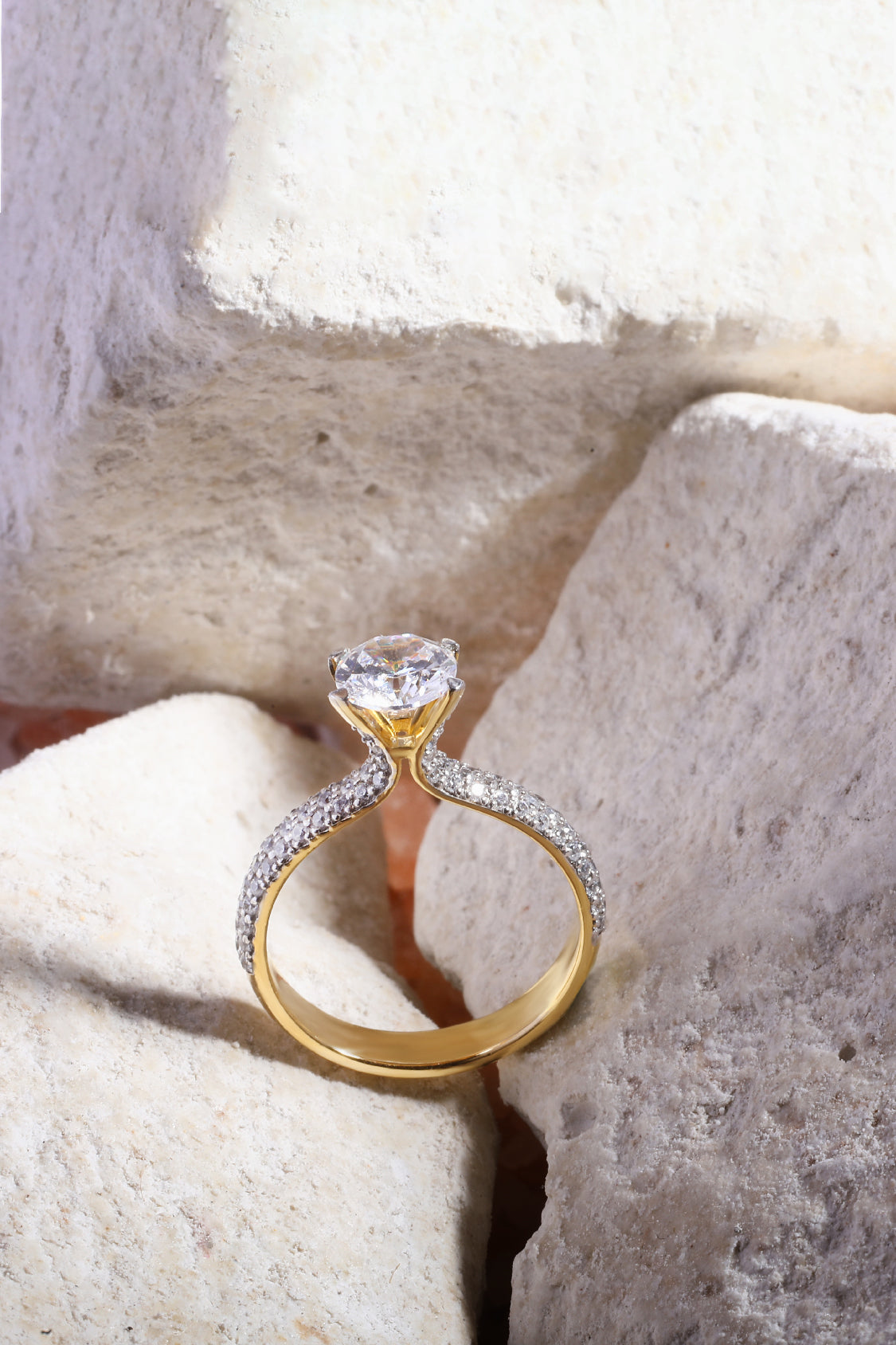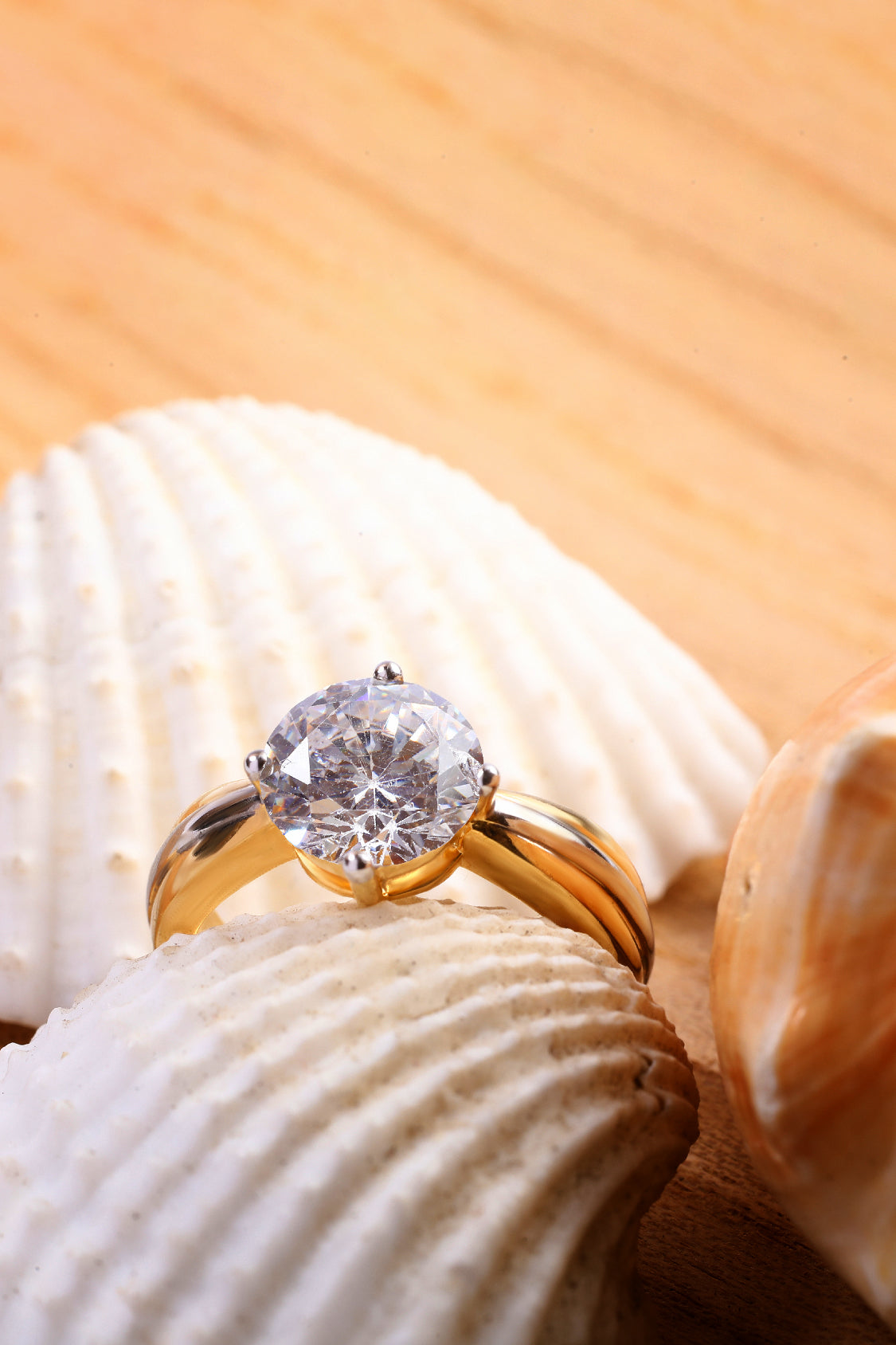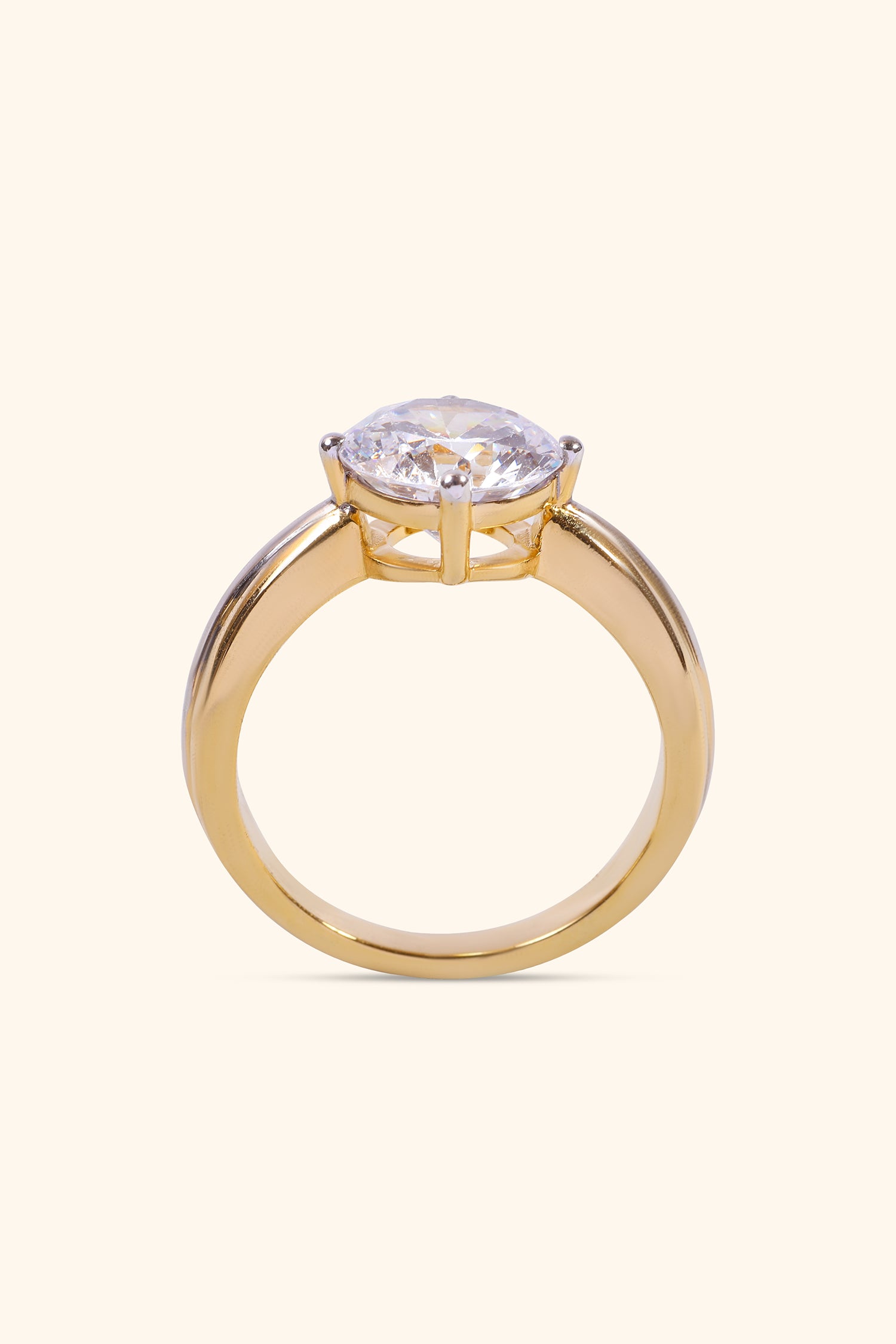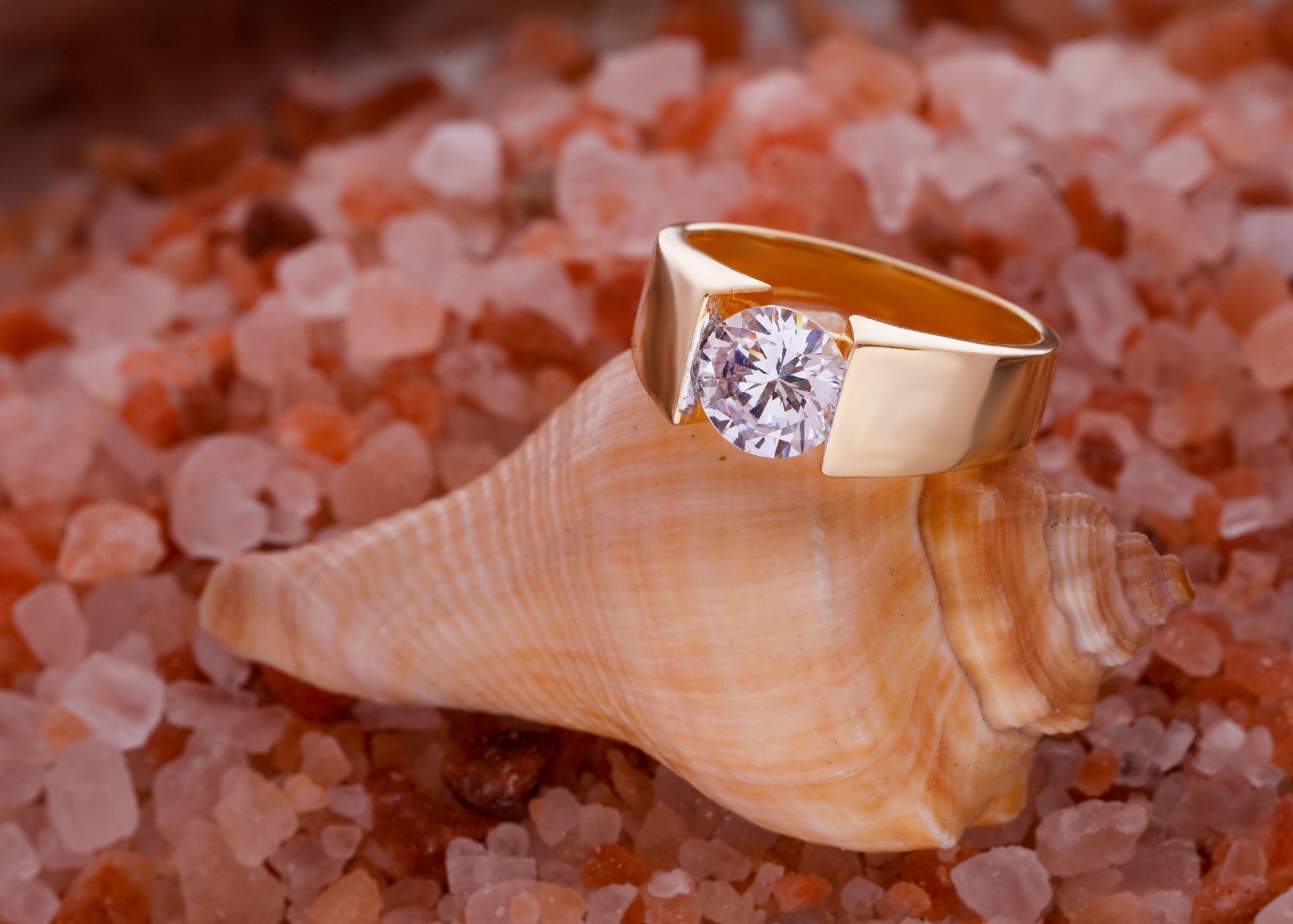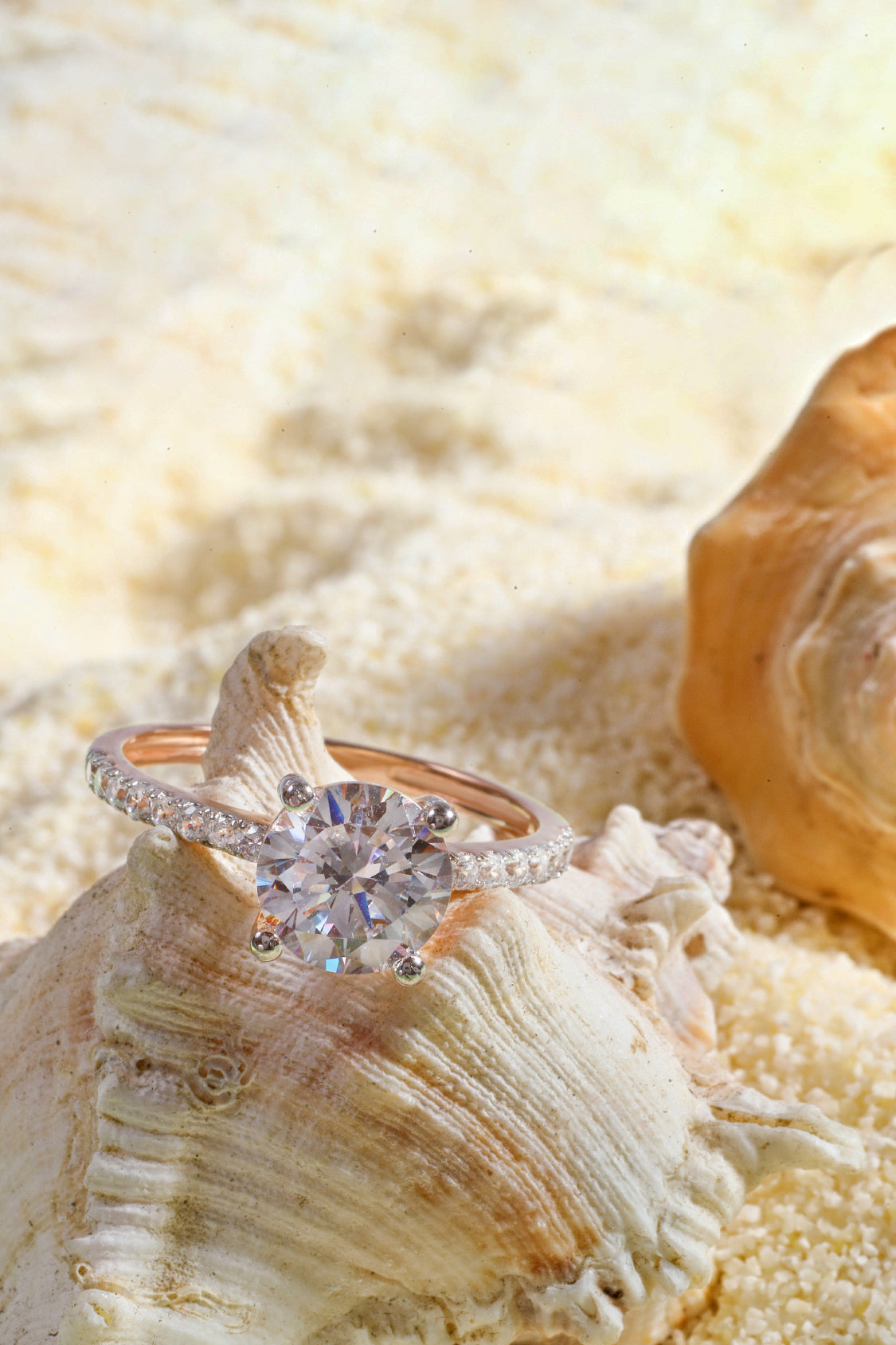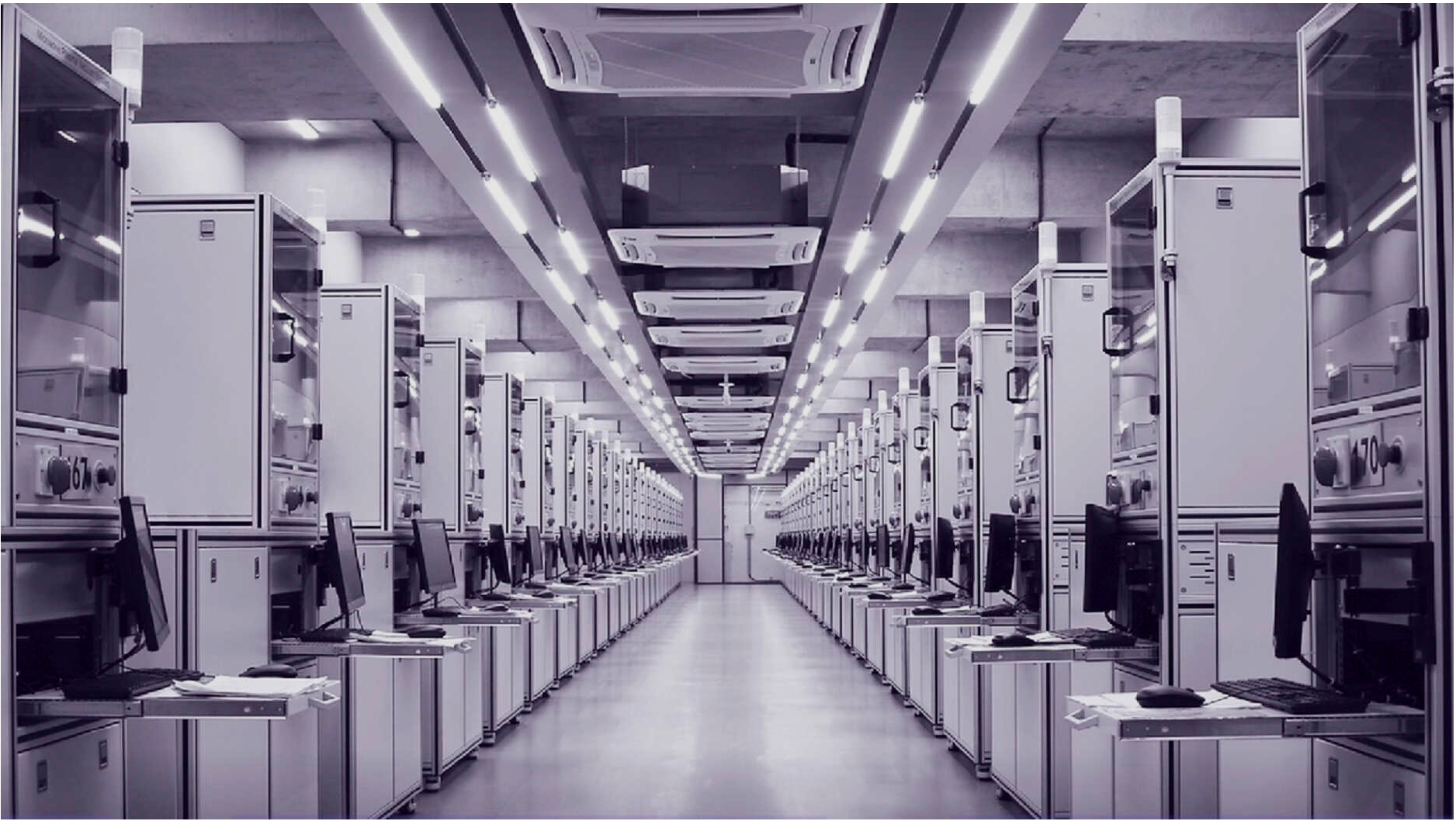
Avoid These 5 Mistakes When Starting with Diamond Investment
Thinking about getting into diamond investment? It sounds exciting, but buying diamonds isn’t as simple as picking something that looks nice or sparkly. The diamond market has its own rules, and without knowing how diamond prices, certification, and resale value work, you could end up spending a lot more than you should.
According to Bain & Company’s Global Diamond Report, only diamonds with high quality and verified rarity show consistent value retention over time. This guide is here to help you avoid common errors and make smarter choices from day one.
What Is Diamond Investment and How Does It Work?
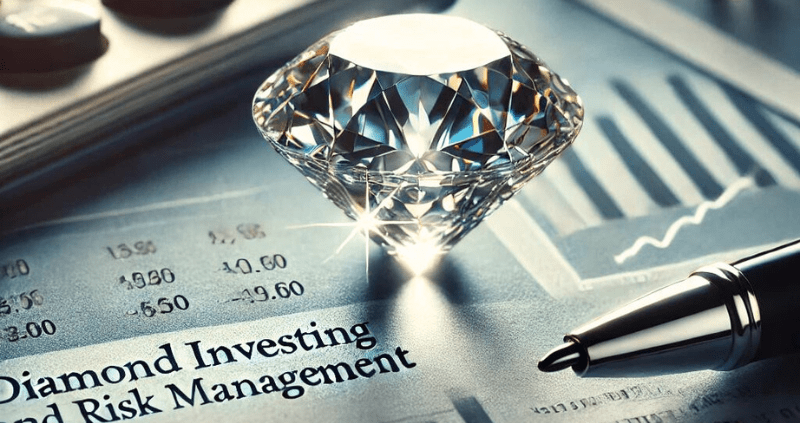
Diamond investment is the act of buying physical diamonds as a long-term secure investment, not to wear, but to hold value. You're not putting money into jewellery — you're putting it into a physical commodity that can sit quietly in a safe and still hold potential. These aren’t quick flips. It’s slow, strategic, and depends on quality.
So, how does it actually work?
-
You choose a diamond to invest in
-
Focus on high quality diamonds with known rarity.
-
Some investors go for coloured diamonds like pink or blue, which are harder to find.
-
-
There’s no standard market price
-
Unlike gold, there’s no quoted price system or global index.
-
Diamonds are priced based on shape, carat, colour, and clarity — not just weight.
-
📊 According to Rapaport, “The absence of a universal pricing system makes diamond investment unique and highly individualized.”
-
You store and hold the diamond
-
These are physical commodities, so you physically store them in a locker or safe deposit box.
-
They require no maintenance, unlike property or equipment.
-
-
You wait for the right time to sell
-
When demand rises or buyers seek similar stones, your diamond may fetch a better sale price.
-
But remember, they’re not always easy to sell — liquidity is limited compared to gold or stocks.
-
💬 “Rare investment diamonds don’t follow market trends. Their very nature creates scarcity.” — Bain & Company
That’s how diamond investment works — it’s about purchase, store, and wait for the right trade. Not flashy, but steady — if you play it right.
Are Diamond Prices Stable Enough for Long-Term Investing?
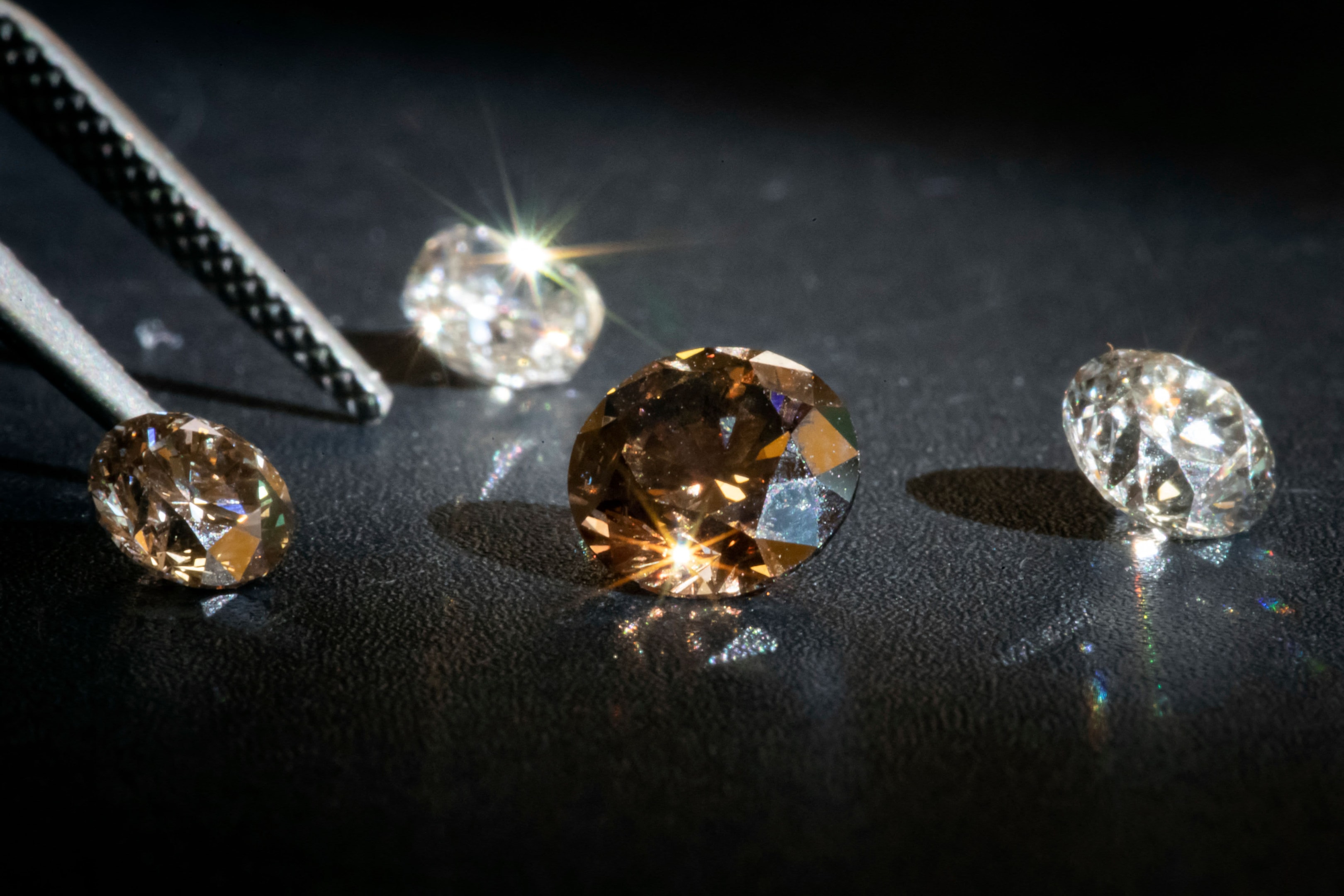
If you're looking for steady growth, diamonds may not behave how you expect. They don’t follow a standard quoted price like silver or other commodities. Prices vary from stone to stone, depending on unique characteristics.
The truth? Pricing in the diamond industry is shaped by several factors, including supply, rarity, and buyer trends. And there’s no central body offering a price guarantee or uniform trading index.
📊 “Unlike gold, diamonds lack a consistent pricing mechanism, making valuation more complex.” — Bain & Co., 2023
Here’s what affects price stability:
-
No universal pricing system
-
Each diamond has a different cost based on its shape, quality, and rarity.
-
The reality is — no two stones are ever the same.
-
-
Limited transparency in supply
-
Major players like De Beers shape global supply and influence pricing.
-
That creates uncertainty for long-term investment options.
-
-
You need patience
-
Value appreciation often takes five years or more.
-
It’s not ideal if you need quick liquidity or a safe haven.
-
So, are diamond prices stable? Not entirely. But with the right pick, enough time, and real knowledge — they can be a valuable long-term hold.
How to Identify True Investment Diamonds?
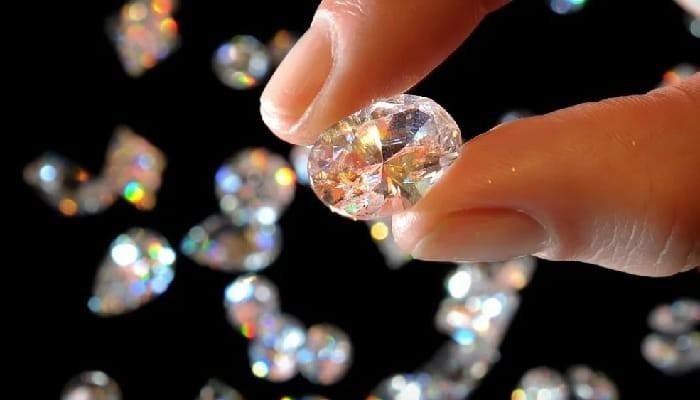
Not all diamonds are created for investing. Some are made to wear, while others are chosen to hold or grow in value over time. If you're trying to tell the difference, you need to look deeper than just shine.
A true investment diamond stands out because of its quality, rarity, and demand. It's not about buying something pretty — it's about buying something with long-term worth. Let’s break it down.
-
Check the Cut and Shape
-
Round diamonds tend to have higher resale potential.
-
They also attract more consistent global demand.
-
-
Skip Lookalikes
-
Be cautious of lab grown diamonds if you're focused on value retention.
-
They may look the same but don’t perform like natural stones in the market.
-
-
Avoid Comparisons That Mislead
-
Similar diamonds may differ significantly in resale just by certification or slight grading gaps.
-
Always look beyond surface traits.
-
-
Think Long-Term
-
A real investment piece doesn’t just shine for the moment — it’s not forever, it’s for returns.
-
And if you’re buying in the first place, buy smart.
-
📊 “Only 1% of diamonds qualify as true investment-grade stones.” — Rapaport, 2023
5 Common Mistakes to Avoid in Diamond Investment
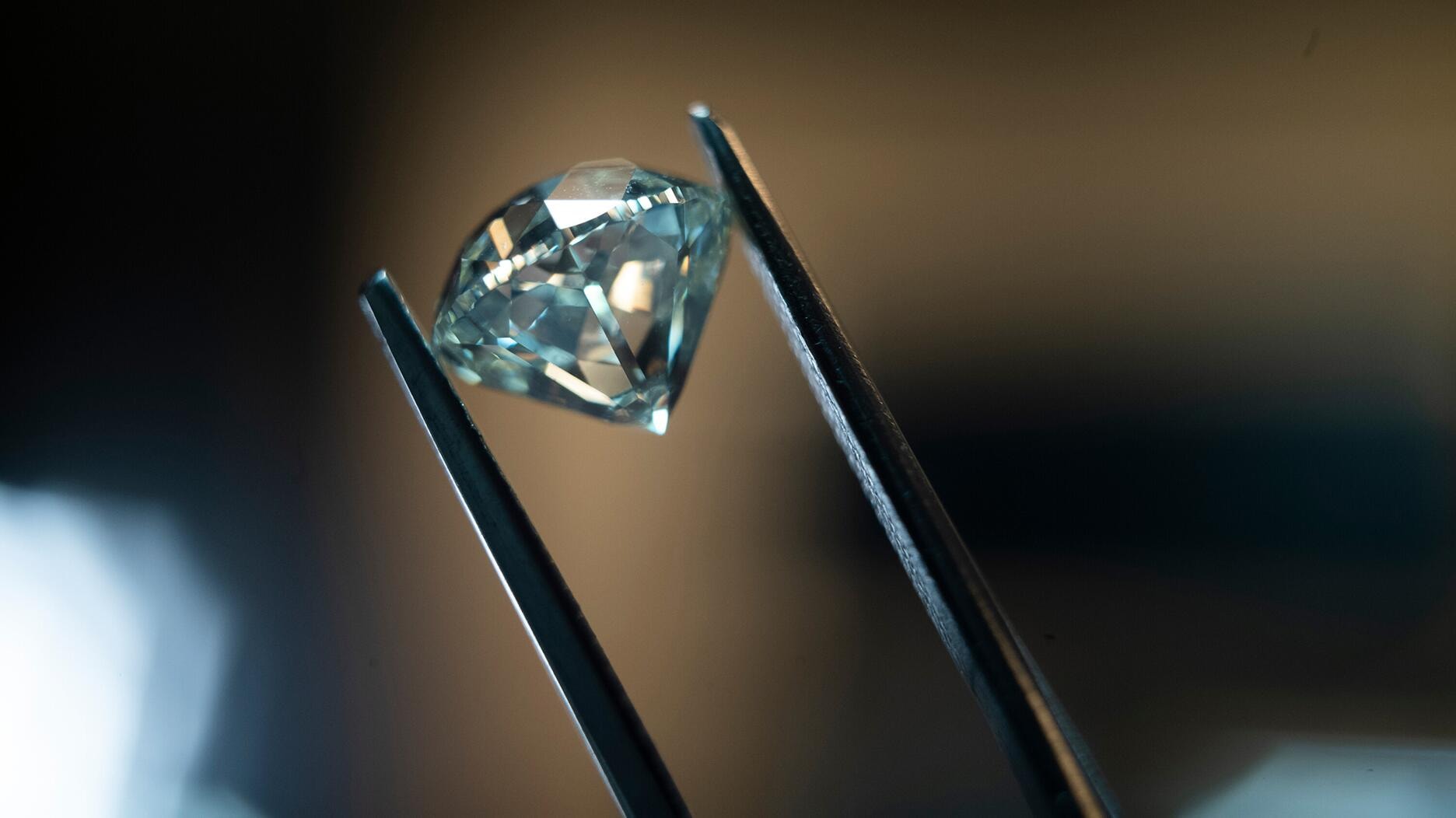
1. Treating Diamond Jewellery as an Investment
Wearing something beautiful doesn’t mean it’ll grow in value. Diamond jewellery includes brand markups, taxes, and design costs that don’t reflect investment worth. It rarely delivers a good return when you try to resell it.
How to Avoid It
-
Focus on certified loose stones, not finished jewellery.
-
Look for quality and rarity, not trends or designs.
-
View jewellery as an emotional purchase, not an asset.
2. Ignoring Price Volatility
Diamond prices don’t follow a clear global index like gold or silver. They're influenced by individual characteristics and emotional buying. That means the value you see today may change without warning.
How to Avoid It
-
Track long-term pricing trends from reliable sources.
-
Don’t rely on assumptions — look at past sale data.
-
Be realistic about price movements and timing.
3. Skipping Certification Checks
Many people buy on trust or appearance alone. But without certification, you may end up with a stone that’s lower in quality than promised. Worse, it can be hard to sell diamonds without proof of authenticity.
How to Avoid It
-
Always ask for a GIA or IGI grading report.
-
Check that details match the actual stone.
-
Never buy uncertified diamonds — it’s not worth the risk.
4. Neglecting Resale Planning
Most buyers don’t think about the exit when they enter. They focus on purchase, but forget how difficult it might be to resell. That’s when surprises — and losses — happen.
How to Avoid It
-
Understand the resale market before you invest.
-
Stick with classic shapes and certified quality stones.
-
Know who your potential buyers might be later.
5. Following Trends Over Personal Goals
Viral trends fade, but investment regrets stay. Just because everyone’s chasing a flashy new diamond doesn’t mean it’s right for you. Decisions made without strategy often lead to disappointment.
How to Avoid It
-
Set a clear reason for investing before buying.
-
Stick to your plan — not someone else’s hype.
-
Choose diamonds that align with long-term value, not short-term buzz.
Expert Tips to Start Your Diamond Investment the Right Way
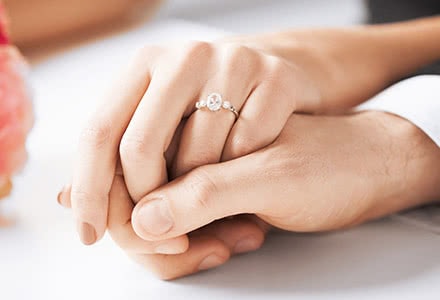
Starting with diamonds? Good call — but let’s make sure you do it smart. These tips will help you avoid regrets and make confident decisions.
1. Define Your Investment Goal First - Don’t just buy because it “seems valuable.” Know what you want — stability, wealth storage, or resale later.
-
Ask: Is this for personal security or future profit?
-
Decide your holding period — 3, 5, or more years.
2. Set a Realistic Budget and Stick to It - Prices vary wildly. Going in without limits invites impulse buys.
-
Set a cap that includes grading, storage, and insurance.
-
Don't stretch thinking it guarantees higher returns.
3. Choose Reputed Sellers with Transparent Policies - Work with brands that don’t hide fine print.
-
Ask about return, resale, and upgrade options.
-
Check reviews and customer service responsiveness.
4. Prioritize Certified Diamonds Only - Without certification, you’re just guessing.
“Only GIA-graded diamonds hold long-term trust among investors.” — Rapaport, 2023
-
Always request lab reports upfront.
-
Match the certificate with the physical stone.
5. Understand What Affects Diamond Value - Value isn’t just about size. Small factors make a big difference.
-
Cut, clarity, colour, and carat all matter.
-
Rare combinations increase resale potential.
6. Think Long-Term, Not Quick Profit - Diamonds don’t pay off in months. They require patience.
-
Hold for at least 5–10 years.
-
Plan for liquidity gaps.
7. Keep All Documentation Safe - Misplaced paperwork means lost value.
-
Store certificates and invoices securely.
-
Digital + physical backups are smart.
Natural Diamonds vs Lab-Grown: Which Is Smarter for Investors?
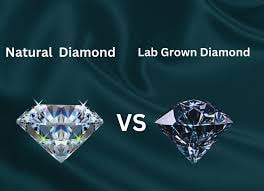
Not sure whether to go for a natural diamond or a lab-grown one? You’re not alone — this is one of the first big decisions new investors and buyers face. Both options have real value, but they serve different goals.
If you're considering a lab-grown diamond from a trusted brand like Varniya, it helps to understand how it compares in terms of cost, resale, and purpose.
| Feature | Natural Diamonds | Lab-Grown Diamonds (e.g., Varniya) |
|---|---|---|
| Origin | Mined from the earth over millions of years | Created in labs using advanced technology |
| Price | Generally higher due to rarity and mining cost | More affordable for the same visual quality |
| Resale Value | May retain or appreciate based on rarity and quality | Limited resale market currently |
| Investment Appeal | Suitable for long-term holding if GIA-certified | Best for personal value, ethical choice, and controlled budgets |
| Environmental Impact | Mining can have ecological consequences | Lower carbon footprint, eco-conscious production |
| Certification | GIA, AGS, and other standard labs | IGI and GIA now certify high-quality lab-grown diamonds too |
| Appearance | Unique characteristics due to natural formation | Visually identical to natural diamonds |
| Best For | Long-term investors looking for rarity and tradition | Conscious buyers seeking quality, ethics, and affordability |
Why Diamond Jewellery from Varniya Can Be a Valuable Investment
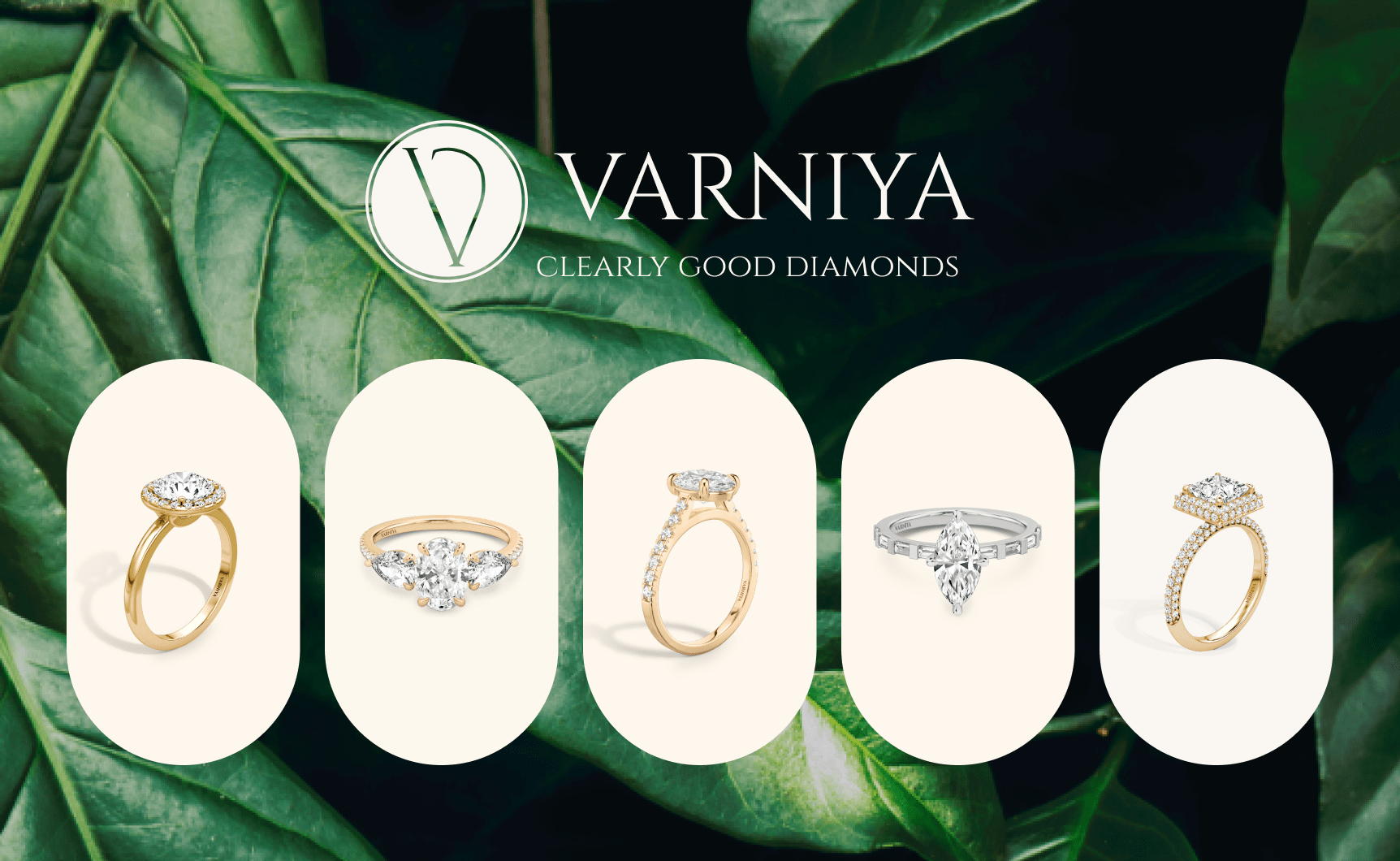
-
Investing in diamond jewellery from Varniya offers a blend of luxury and value. Rooted in the esteemed Vummidi Legacy since 1900, Varniya ensures each piece reflects over a century of craftsmanship and trust.
-
Their IGI-certified lab-grown diamonds provide the same brilliance as natural ones but are 40-50% more affordable, making them accessible without compromising quality.
-
Additionally, these diamonds are an eco-conscious choice, boasting a lower carbon footprint compared to mined diamonds. With Varniya, you invest in jewellery that embodies tradition, modern innovation, and sustainability.
FAQs About Diamond Investment -
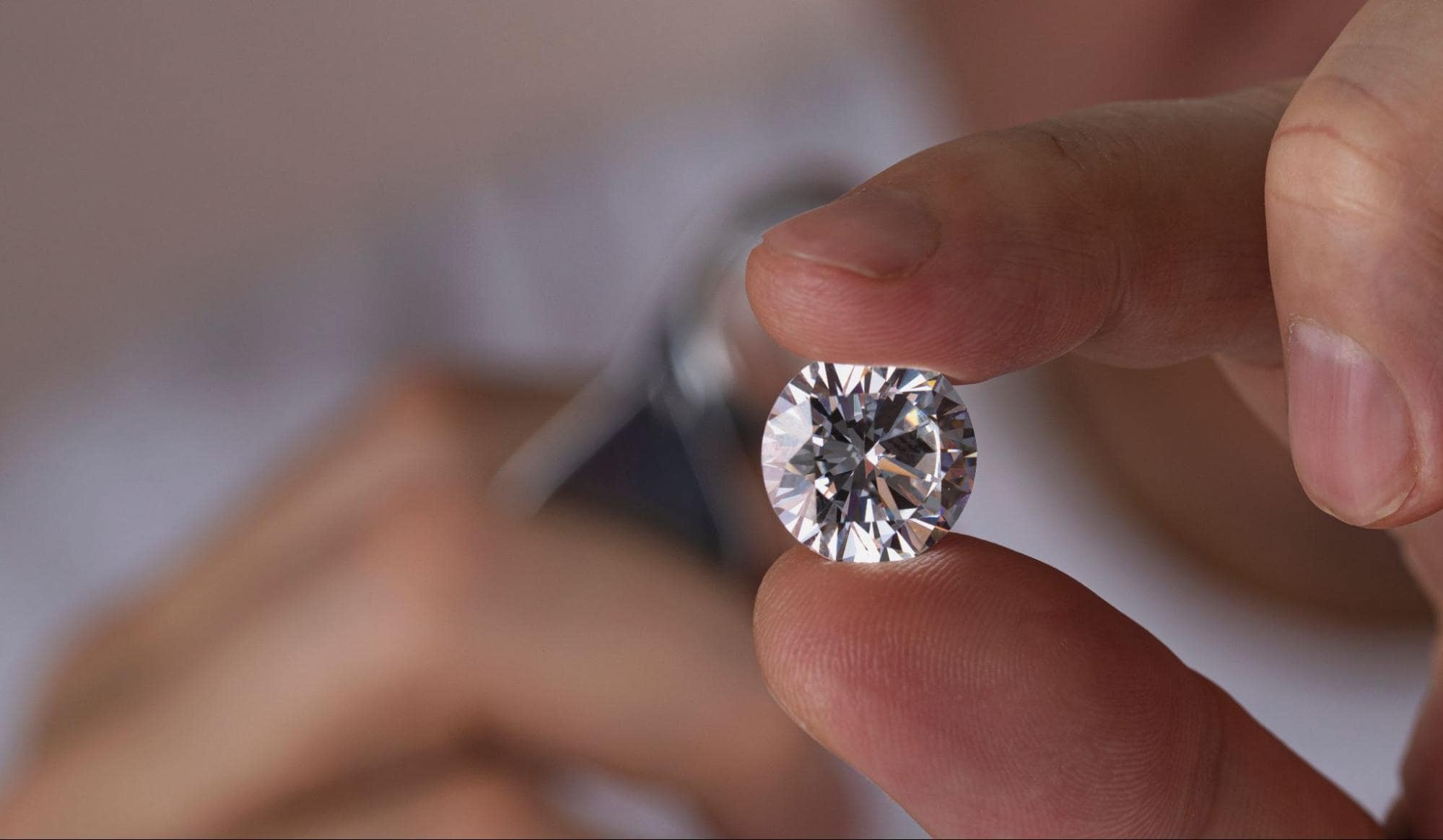
1. Is diamond a good investment?
Yes, if chosen wisely. Certified, rare stones can hold value over time.
2. How do I invest in diamonds?
Start with a goal, set a budget, and buy certified investment-grade stones.
3. Are diamonds a better investment than gold?
Gold is more liquid, but diamonds can offer higher value per gram.
4. Which diamond is the best to invest in?
Look for natural, GIA-certified diamonds with excellent cut and clarity.
5. What should I know before buying a diamond for investment?
Understand pricing, resale value, certification, and market demand.
Conclusion
Starting with diamond investment doesn’t have to be confusing — as long as you avoid the usual missteps. From setting clear goals to knowing what truly adds value, every smart move counts. Take your time, ask the right questions, and if you're considering lab-grown options, trusted names like Varniya make that decision even easier.


